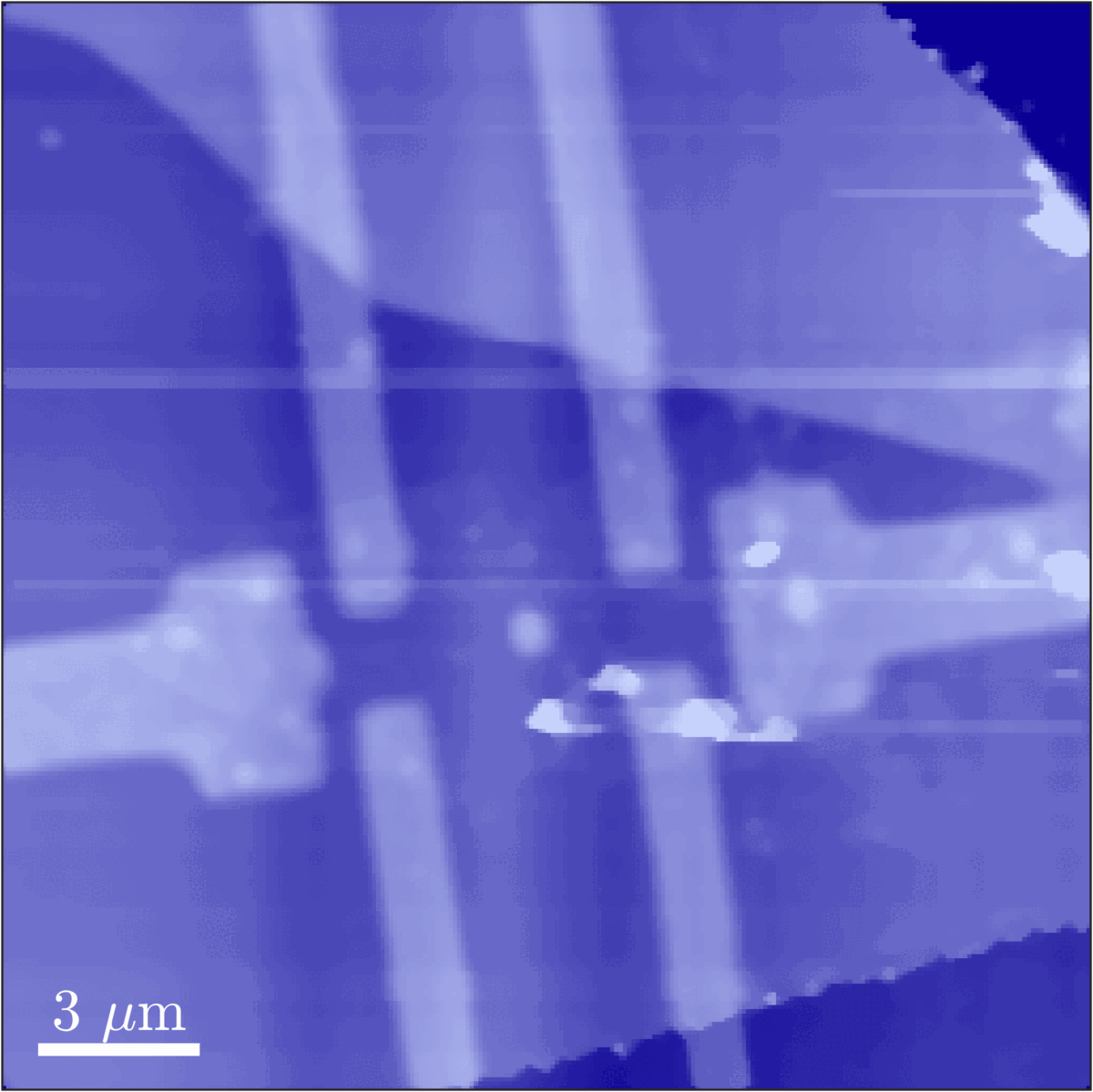An important part of PhD life is maintaining devices you are supervising. For example, besides other devices, I am responsible for our atomic force microscopy (AFM). This type of microscope uses a fine tip to characterize a surface with up to picometre precision. In comparison to scanning tunnelling microscopy, the feedback is generated from changes in cantilever properties rather from a tunnelling current. In my group, mainly use the so-called tapping mode, where the cantilever is resonantly driven and the change of the resulting amplitude due to the close by sample is used as feedback. This way of imaging a surface is advantageous since it reduces the force exerted on the sample.

Recently, our roughly ten-year-old machine was experiencing some troubles. Occasionally, the scanner was not detected any more when the scanning unit was moved. It is designed that way, that the scanner needs to be pulled out to exchange the cantilever with the tip. A semi-flexible multilayered PCB cable connects the scanning with the mainboard of the AFM. The dynamic-cyclic loading degraded this cable over time. To confirm our first assumption, I took the AFM apart, removed the cable and checked if the pins on both ends are all still connected. As expected, depending on the bending, several pins are shortcut and several lose their connection.

After reassembling the entire unit and making a few minor adjustments, the AFM will work fine until the replacement part arrives. Finding these temporary solutions is an important lesson during the doctoral studies, as it enables a variety of technical problems to be solved, whether just as a bridging solution or a complete repair. For my research, atomic force microscopes are a useful tool to measure the thicknesses of exfoliated crystals, to clean surfaces of flakes or flattening heterostacks as shown in the following images.



